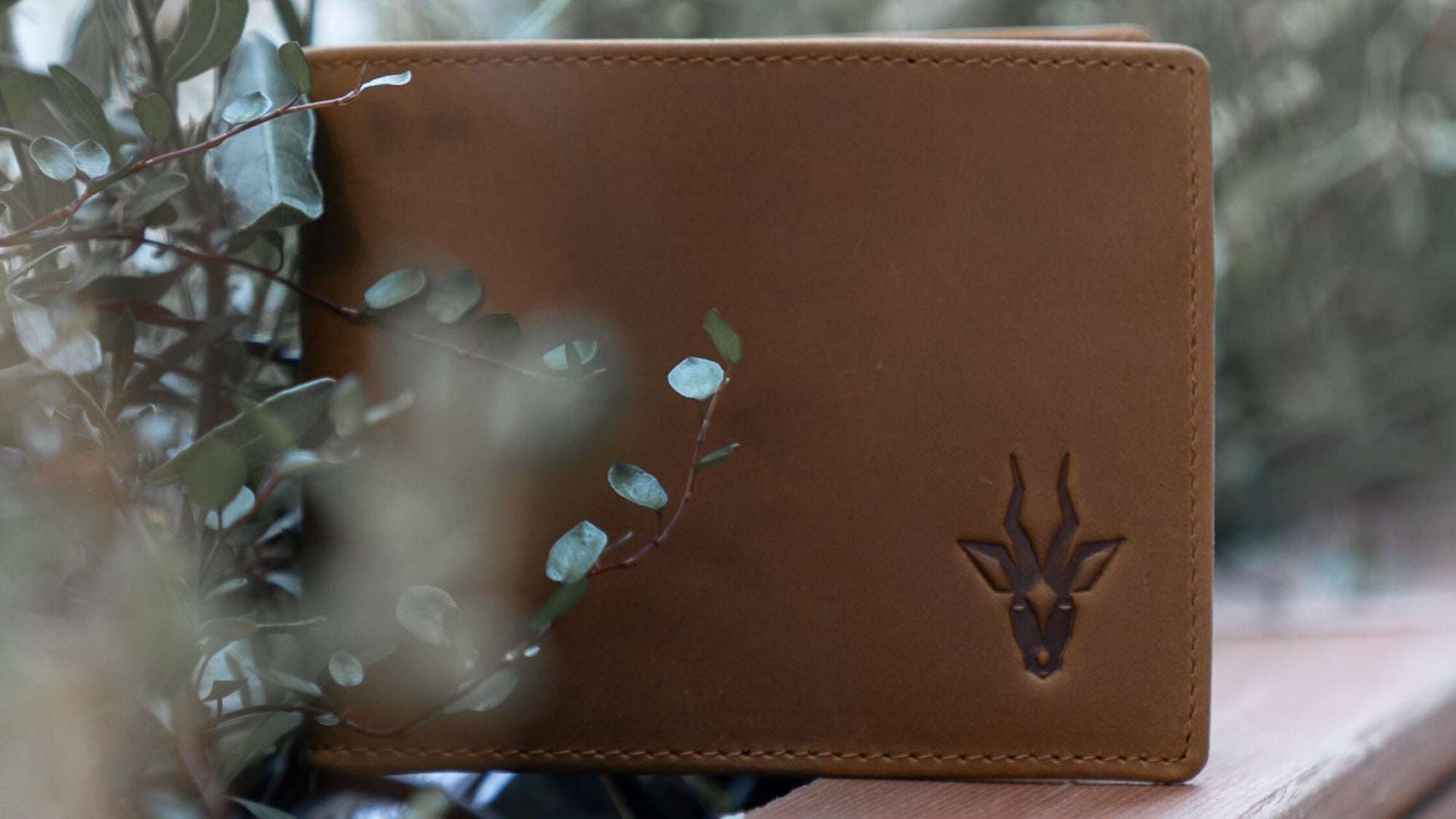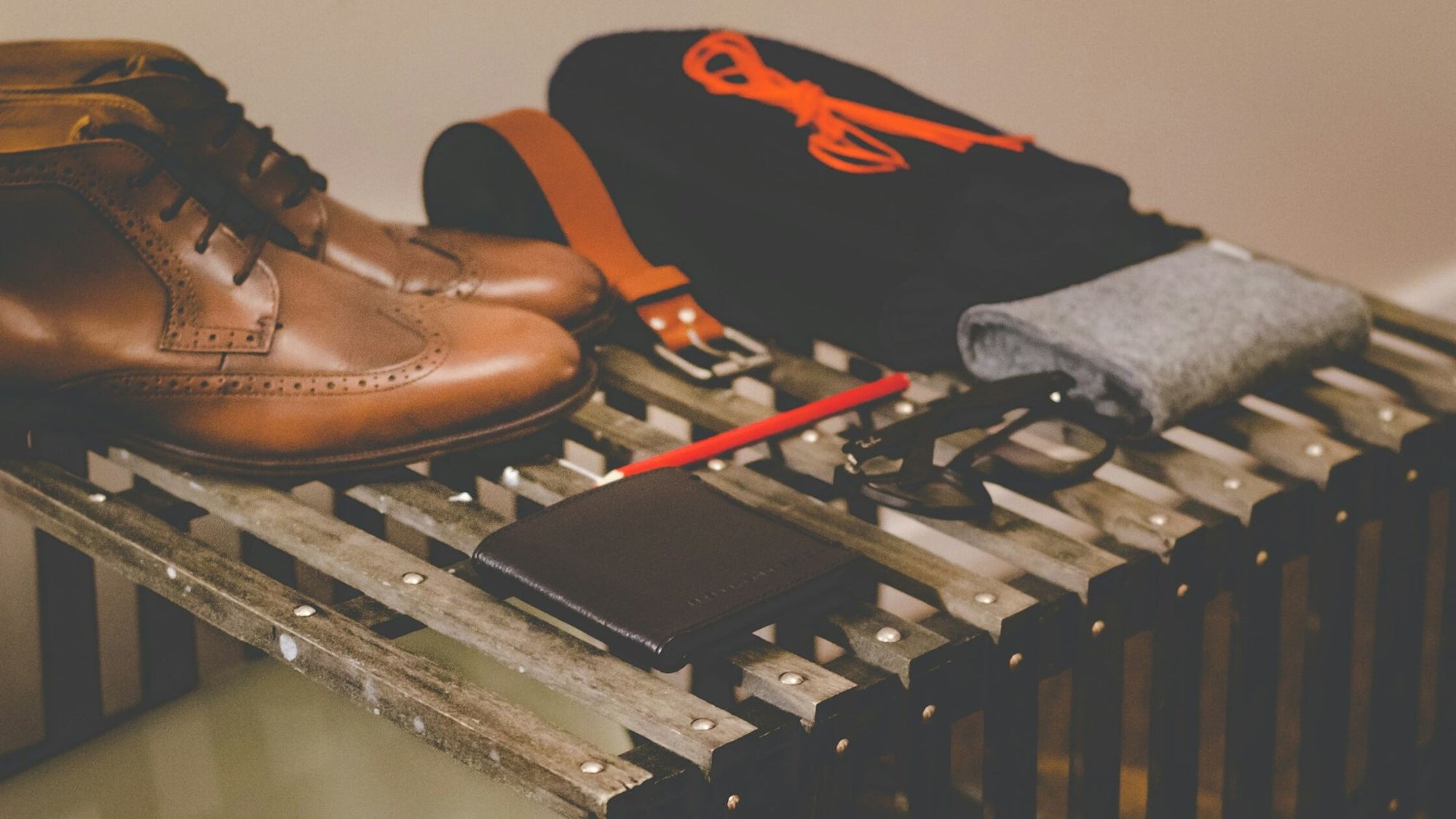The term "business casual" might seem like an oxymoron at first glance—how can one be both "business" and "casual"? Yet, in today's evolving workplace, business casual has established itself as a key dress code, blending professionalism with personal style. This guide decodes the essentials of men's business casual attire, ensuring you make a seamless transition from boardroom to after-hours socials.
What Exactly is Business Casual for Men?
Business casual is a style that combines traditional business attire with a more relaxed, personal touch. It's less formal than a suit and tie but more polished than your weekend wear. Understanding this balance is crucial for modern professionals.

Foundation Pieces of Business Casual
- Shirts: Start with crisp, collared button-downs. Solid colors or understated patterns like stripes or checks are ideal.
- Pants: Chinos or tailored trousers form the foundation of business casual. Stick to neutral colors—navy, gray, khaki, or black.
- Blazers and Jackets: A well-fitted blazer can elevate your look instantly. Consider materials like wool, cotton, or blends for versatility.
- Shoes: Quality leather shoes are non-negotiable. Loafers, oxfords, or derby shoes in brown or black keep the balance between formal and casual.
Incorporating Accessories
Accessories are your chance to inject personality into your business casual ensemble. A statement watch or a leather belt can add a touch of elegance without overpowering your outfit. For those looking to protect their timepieces in style, consider a sophisticated option like Nuebo's Monochrome Watch Case.

Business Casual Mistakes to Avoid
- Oversized clothes that don't fit well.
- Wearing too casual or sporty footwear.
- Neglecting the power of grooming and personal care.
Adapting Business Casual Across Seasons
To adapt business casual attire across different seasons, it's essential to adjust your wardrobe to maintain both comfort and style throughout the year. Here's a brief overview:
Spring Business Attire
Embrace lighter fabrics like cotton or linen. Layer with thin sweaters or cardigans for cooler days. Opt for lighter colors and soft pastels to reflect the season.
Summer Business Attire
Prioritize breathability with linen shirts and lightweight chinos. Consider short-sleeved button-downs and loafers without socks for a smart yet comfortable look.
Fall Business Attire
Introduce layers such as vests, lightweight wool blazers, and darker, richer colors like burgundy, navy, and olive. Transition into heavier fabrics to stay warm.
Winter Business Attire
Focus on warmth without sacrificing style. Wool trousers, thick-knit sweaters, and durable leather boots are key. Layer with a tailored coat for outdoor warmth.
Each season requires a slight adjustment in materials, colors, and layers to stay comfortable while adhering to the business casual dress code.

Business Casual in Different Settings
The definition of business casual can vary by industry and company culture. It's always a good idea to observe workplace norms or ask for guidance if you're unsure.
Impress In The World Of Business Casual
Navigating the world of business casual doesn't have to be daunting. With the right mix of essentials and a touch of personal style, you can master a look that's both professional and comfortably you. For more insights into elevating your style, explore our collection and read up on men's essential accessories for travel and everyday use.
By embracing these guidelines, you'll ensure that your business casual attire opens doors and enhances your professional image.




